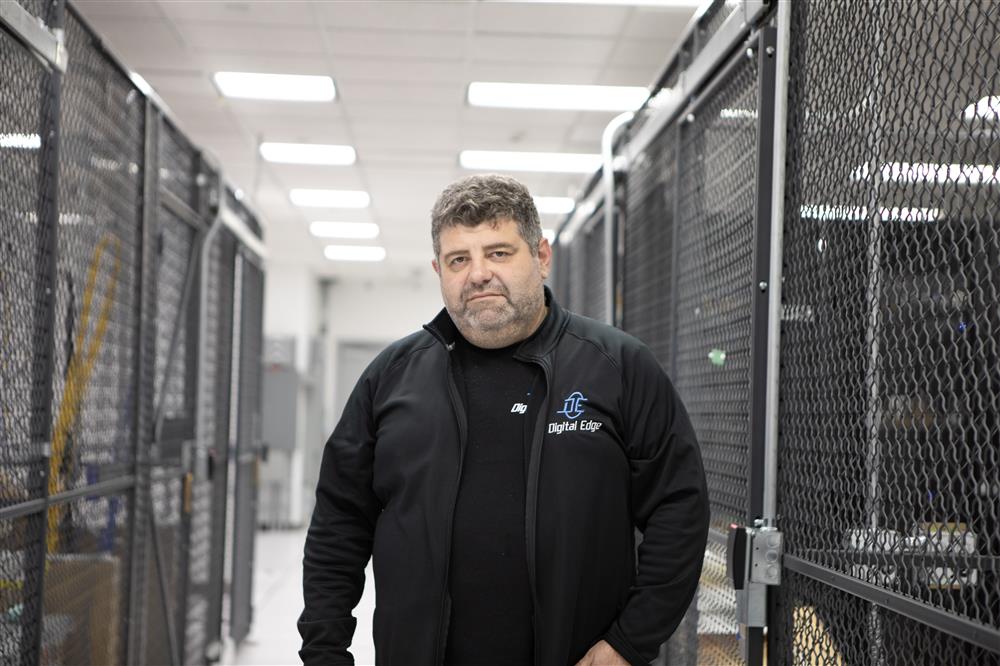Are We Done Yet?
Are we done with the cloud revolution? Is the crusade against hardware over? Was getting rid of the hardware from our closets the final goal?
The cloud movement started with the goal to free up IT departments from the subject that is universally hated – hardware related headaches, from renewals, end of lives, end of supports, those sticky VARs, capital investment, to the constant feeling that when you invest capital into your new hardware that you are losing 10-20% of your money’s value right away.
This feeling is comparable to the notion of buying a new car and driving out of the dealership – the car is now not worth that same as when you signed the contract, minutes before.
With cars, there is the choice to either lease or rent. With the cloud, one can see the immediate jump from owning to using more of a “ZipCar” style of rental, with leasing options inevitably becoming more and more attractive as hardware manufacturers will be forced to fight cloud giants.
The only way for hardware manufacturers to be a viable alternative is to hide from the end users all the hassles of the hardware upgrades, inventory maintenance, etc. Manufacturers would have to do for the end clients the same thing that cloud providers do over the internet – deliver processing capacities, not the boxes.
Most of the cloud offers are actually selling their clients “Hardware as a Service”.
However, if you compare ZipCar pricing and lease pricing, one may notice that leasing may be much more attractive if you use your car regularly.
With this in mind, hardware manufacturers will have a fighting chance against cloud providers, if they package lease deals smarter.
But a “real” cloud vision is not about only the hardware, not at all. Hardware is just the first benefit that cloud is delivering today over the internet.
So, what is next?
Technology is all about tomorrow, so what is next for the cloud? Arguably, the next step to be considered is how to deliver applications to internal users and end clients.
If you do not really apply a rigorous definition, then loosely speaking any web delivery is still a client/server application delivery paradigm. The client is a web browser and behind, is a simple 2 tier architecture, in most cases, if you don’t count apache as its own tier.
While one generally attempts to avoid a religious war on definitions, in reality this is exactly what it is. Yes, there are a plethora of serious technology warriors that use classes and web services everywhere, proudly delivering distributed architecture.
The next step is to re-think how solutions will be delivered tomorrow. Traditionally, we have role servers, we rent them, and can define IT needs as of a stack of servers, with a software stack running on them + custom apps.
What if we look at the IT infrastructures as our processing needs to deliver apps? What do we need for web processing? We need a web delivery layer in form of Apache or any other web server, we need some processing logic, and we need data.
Do we really need servers for that? What if instead of getting 10 vCPUs and 40G of RAM to run Apache, we just acquire Apache functionality? What if we could just pay for number of requests rather than the processing power?
Yes, today, cloud providers provide basic building blocks that will allow programmers and IT departments to totally abstract from the notion of “infrastructure” or hardware, even though it is virtual.
That allows business to “spread” their apps inside the cloud, while thinking about building blocks and processing power. You can obtain database services from multiple service providers today and switch from one type of data source to another, without a very serious re-coding. You can get simple email services, DNS services, simple storage, big data processing building blocks etc. already today.
On the other hand, today you have businesses stating, “We are not IT operation experts – we are business experts. Our expertise is our data and processing intelligence – business logic and business management processing”.
So, if a business is thinking, “Cloud, Tomorrow, Leadership, Product, Superior Customer Service”, simultaneously, then without a doubt, one should also be thinking: “What business logic can I deliver to my clients tomorrow? How can we deliver our expertise – my data and my business logic through the cloud, in the most convenient way for my clients to consume?”
Today, we see “IT oriented building blocks” delivered by the cloud providers. The hope for the next few years is that more “business oriented building blocks” will be offered through various different cloud platforms.

